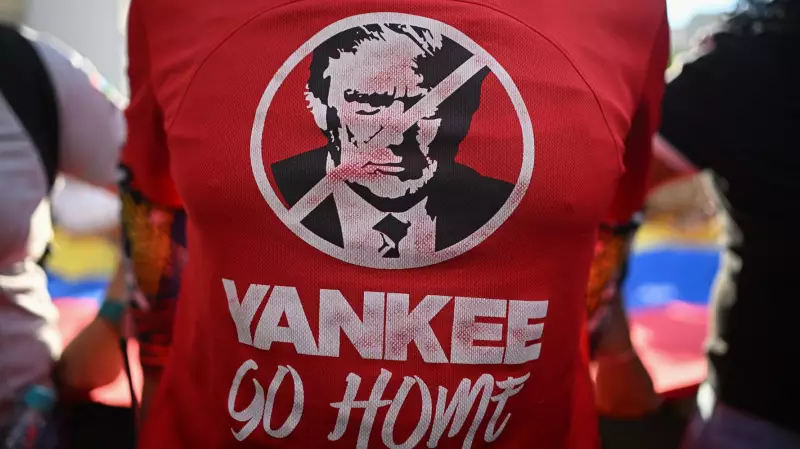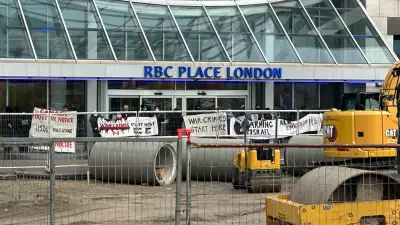
Venezuela is preparing for potential conflict with the United States by deploying aging Russian-made military equipment and planning guerrilla-style resistance operations, according to exclusive documents and sources obtained by Reuters.
Two-Pronged Defense Strategy
The South American nation's approach reveals a stark admission of its military limitations in personnel and equipment. President Nicolas Maduro's government has developed two complementary strategies to counter any potential U.S. air or ground attack.
The first strategy, publicly referenced as "prolonged resistance" in state television broadcasts, would involve small military units stationed at over 280 locations conducting sabotage operations and employing classic guerrilla tactics. This plan is detailed in defense documents dating back several years.
The second approach, termed "anarchization," would utilize intelligence services and armed supporters of the ruling party to create chaos in the streets of Caracas, making the country ungovernable for any foreign occupying force.
Military Challenges and Equipment Shortages
Venezuela's military faces significant challenges that make conventional warfare impossible. Six sources familiar with the country's military capabilities described forces debilitated by inadequate training, low wages, and deteriorating equipment.
The situation has become so dire that some unit commanders have been forced to negotiate directly with local food producers to feed their troops due to insufficient government supplies. Rank-and-file soldiers earn approximately $100 monthly in local currency, far below the estimated $500 needed for basic monthly food costs.
Venezuela's military equipment, predominantly Russian-made and decades old, includes approximately 20 Sukhoi fighter jets purchased in the 2000s, along with outdated helicopters, tanks, and shoulder-fired missiles. According to defense sources, these assets would be no match for advanced U.S. military technology like B-2 bombers.
Political Context and International Tensions
The defense preparations come amid escalating tensions with the United States. President Donald Trump has previously suggested the possibility of ground operations in Venezuela, stating "the land is going to be next" following multiple strikes on alleged drug-trafficking vessels in the Caribbean and significant U.S. military buildup in the region.
President Maduro, who has maintained power since 2013, asserts that Trump seeks to oust him and that both Venezuelan citizens and military forces will resist any such attempt. Despite government claims of readiness, sources within Venezuela's defense establishment express serious doubts about their capabilities.
"We wouldn't last two hours in a conventional war," admitted one source close to the government. Another source with defense and security knowledge confirmed that Venezuela is not "prepared or professionalized for a conflict" and "not ready to face one of the world's most powerful and well-trained armies."
Russia's foreign ministry has stated it stands ready to respond to Venezuela's requests for assistance while urging de-escalation of tensions. Maduro has specifically appealed to Moscow for repairs to Sukhoi jets, radar system upgrades, and delivery of missile systems.
Venezuela has already deployed its 5,000 Russian-made Igla missiles, with military orders specifying that upon receiving "the first hit from the gringos, all units should disperse or go with their weapons to fall back or hide at various locations."
Defense analyst Andrei Serbin Pont suggests that Maduro's public displays of military equipment on state television may represent a deterrence strategy focused on the threat of chaos rather than demonstrating actual military capability. The underlying message appears to be that existing equipment could end up with armed groups, potentially worsening violence and instability during any transition period.





